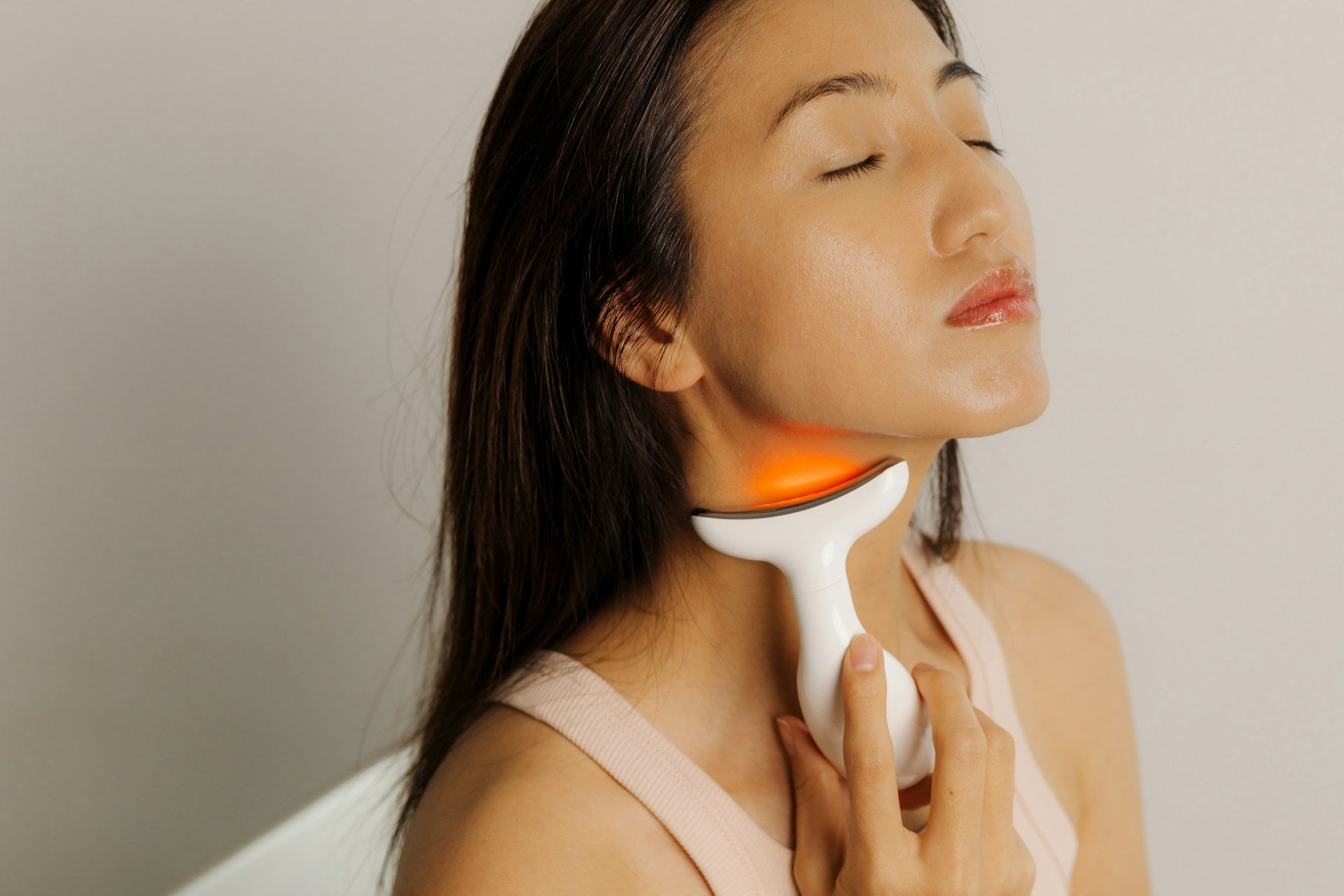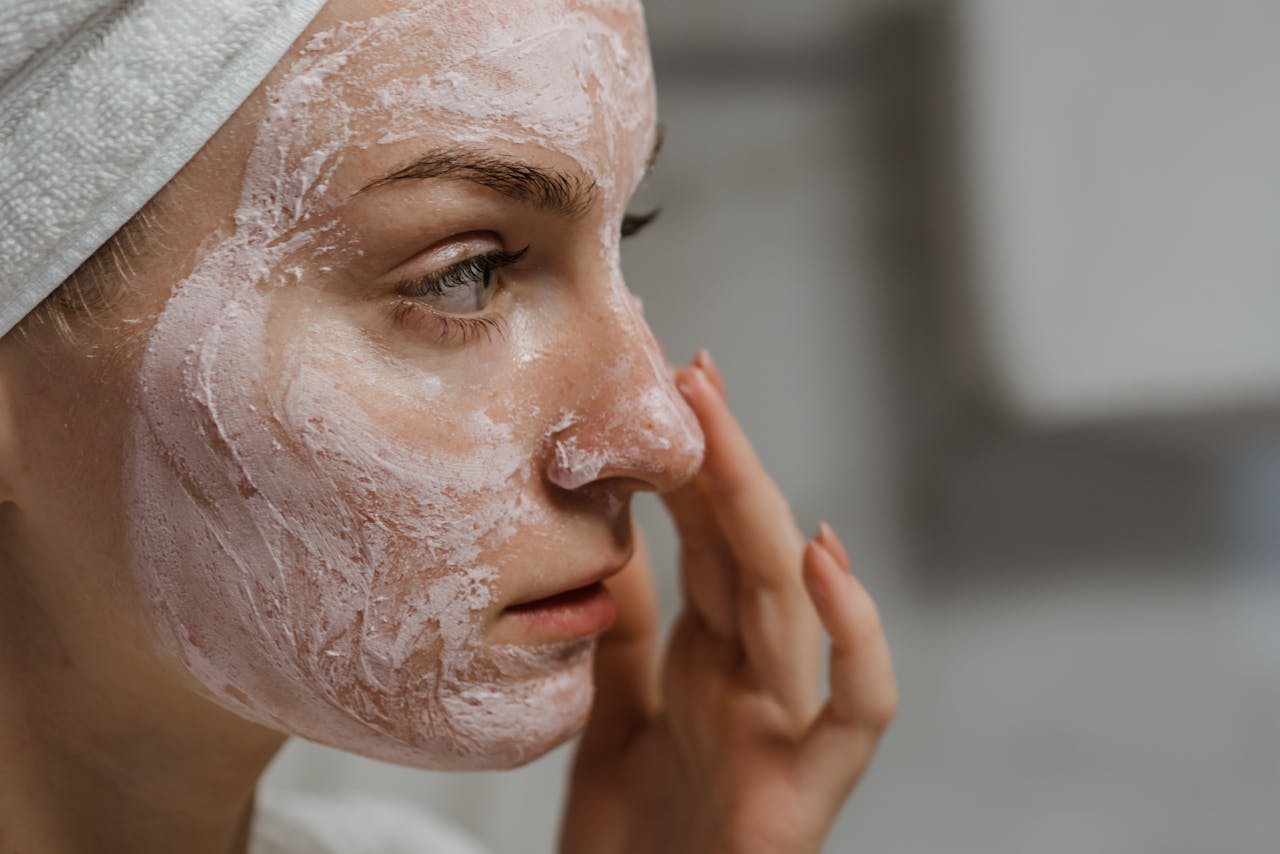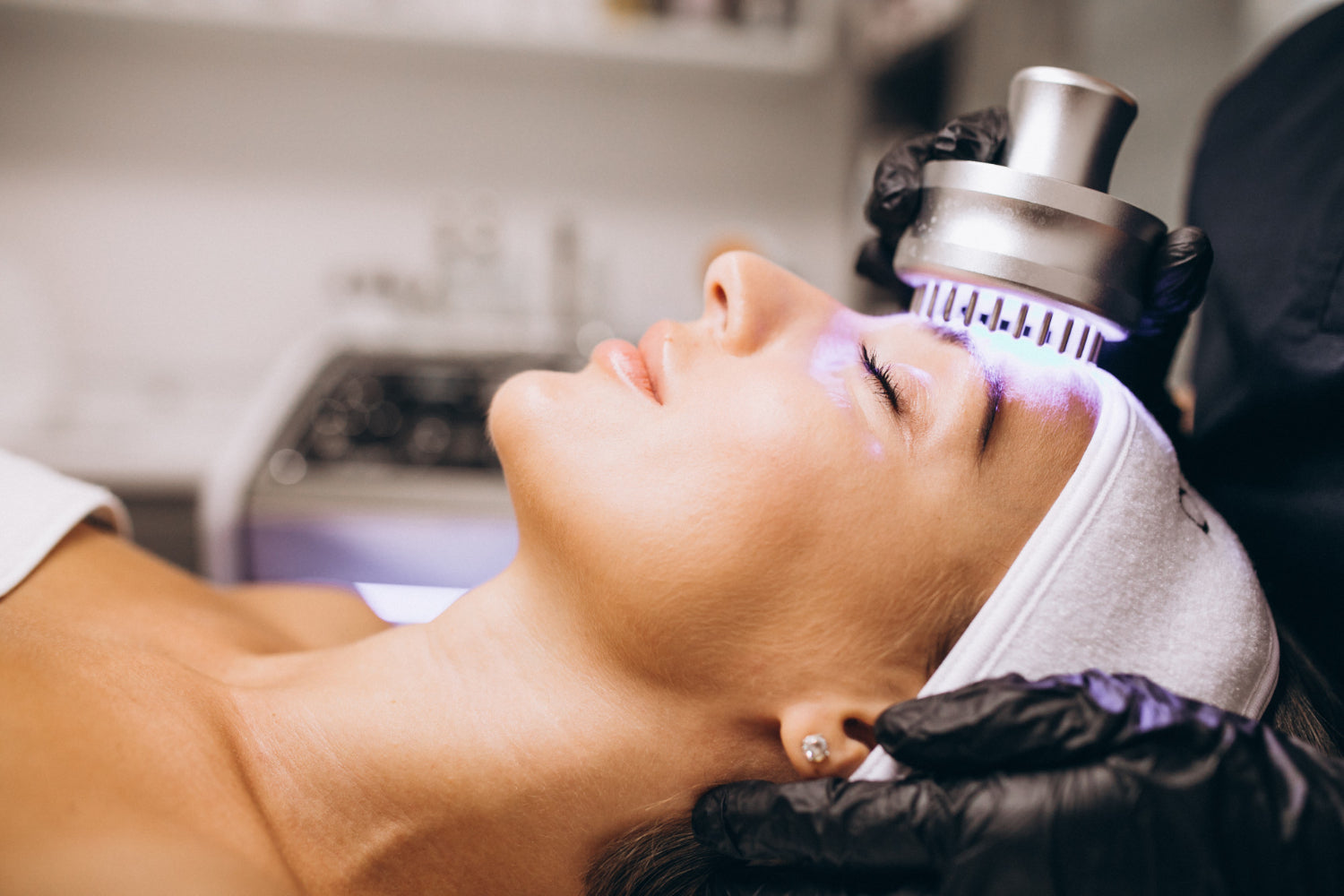
The Science Behind Skin Tightening
Keeping our skin firm and youthful can be a challenge as we age. Over time, our skin's elasticity decreases, leading to sagging and wrinkles. Fortunately, advancements in skin tightening technology offer effective solutions to combat these signs of aging. Understanding the science behind these technologies can help you make informed decisions about your skincare routine.
Skin tightening devices use various methods to stimulate collagen production and improve skin elasticity. From lasers to radiofrequency and ultrasound, these technologies work by targeting deeper layers of the skin. By promoting collagen growth, they help lift and tighten the skin, providing a more youthful appearance.
In this article, we will delve into the science behind skin tightening technology, explore different types of devices, and offer tips for maximizing their effectiveness. Whether you're new to skincare devices or looking to enhance your routine, this guide will provide the knowledge you need to achieve firmer, smoother skin.
Understanding Skin Elasticity and Aging
Skin elasticity is what gives our skin its ability to snap back into place after being stretched or pulled. It is primarily influenced by two proteins: collagen and elastin. Collagen provides strength and structure, while elastin allows the skin to return to its original shape. As we age, the production of these proteins slows down, leading to loss of elasticity and firmness.
Factors such as sun exposure, smoking, and poor diet can accelerate the breakdown of collagen and elastin. Ultraviolet (UV) rays from the sun penetrate the skin and damage these proteins, causing premature aging. Similarly, smoking reduces blood flow to the skin, depriving it of oxygen and essential nutrients needed for maintenance and repair.
In addition to these external factors, natural aging processes also contribute to the loss of skin elasticity. As we get older, our skin gradually loses its ability to produce collagen and elastin at the same rate, resulting in sagging and the formation of wrinkles. Understanding these changes helps explain why skin tightening technologies are essential for maintaining youthful-looking skin.
How Skin Tightening Technologies Work
Skin tightening technologies work by stimulating collagen production and tightening the layers beneath the skin's surface. There are several types of technologies used in these devices, each with its unique mechanism to achieve this goal.
1. Radiofrequency (RF): RF devices emit energy that heats the deeper layers of the skin. This heat stimulates collagen production and tightens existing collagen fibers. The result is firmer, more elastic skin over time. RF treatments are generally safe and suitable for all skin types.
2. Ultrasound: Ultrasound devices use focused sound waves to penetrate the skin's deeper layers, targeting the collagen-rich areas. The ultrasound energy triggers the skin's natural healing process, promoting the production of new collagen. This method is precise and can be used on areas like the face and neck.
3. Laser: Laser skin tightening uses focused light energy to heat the skin layers. This type of treatment not only stimulates collagen production but can also address surface issues like pigmentation and fine lines. Laser treatments are effective but may require downtime for recovery depending on the intensity.
Each of these technologies works on the principle of causing controlled damage to the skin layers, prompting the body to repair itself by producing more collagen. By choosing the right technology for your skin type and needs, you can achieve noticeable improvements in skin firmness and elasticity.
These foundational sections help in understanding the biological changes that contribute to skin aging and how modern technologies can effectively counteract these processes.
Types of Skin Tightening Devices
There are several types of skin tightening devices available for home use, each designed to address specific skin concerns. Here are some of the most popular options:
1. Radiofrequency (RF) Devices: These devices are commonly used for tightening skin on the face and body. They emit radiofrequency energy that heats the deeper layers of the skin, promoting collagen production. RF devices are gentle and suitable for various skin types.
2. Ultrasound Devices: These devices use ultrasound waves to target the deeper layers of the skin. The energy stimulates collagen regeneration, resulting in firmer and tighter skin. Ultrasound devices are especially effective for treating sagging skin on the neck and jawline.
3. Laser Devices: Laser skin tightening devices use light energy to heat the skin and stimulate collagen production. They can improve both the texture and tone of the skin. These devices are effective for treating fine lines, wrinkles, and mild to moderate skin laxity.
4. Microcurrent Devices: These devices deliver low-level electrical currents to the skin, stimulating the facial muscles and encouraging collagen growth. Microcurrent devices are excellent for improving facial contour and reducing puffiness.
These devices provide various options to choose from, depending on your skin type and the specific areas you want to treat. They make it easier to maintain a consistent skincare routine and achieve visible results over time.
Tips for Effective Use and Maximizing Results
Using skin tightening devices correctly is crucial to achieving the best results. Here are some tips to help you get the most out of your treatments:
1. Consistency: Regular use of skin tightening devices is key. Follow the manufacturer’s recommendations for frequency and duration of treatments to see the best results.
2. Clean Skin: Always start with clean skin. Remove makeup, dirt, and oil before using any device. This helps the device work more effectively and reduces the risk of irritation.
3. Use the Right Settings: Each device comes with specific settings for different skin types and conditions. Make sure to use the correct settings to avoid over-treating or under-treating your skin.
4. Follow Instructions: Read and follow the device’s user manual carefully. Understanding how to properly use the device will help you get the most benefit from each session.
5. Moisturize and Hydrate: After using a skin tightening device, apply a good moisturizer to keep your skin hydrated. Hydration helps support the collagen-building process and maintains skin elasticity.
Following these tips will help you achieve smoother, firmer skin while minimizing the risk of side effects.
Conclusion
Skin tightening technology offers a range of effective solutions for those looking to maintain youthful, firm skin. With a better understanding of the science behind these technologies and the various types of devices available, you can make informed decisions about your skincare routine. Consistent use, along with proper techniques, can lead to noticeable improvements in skin tone and elasticity.
At Pure Skincare Co., we are committed to helping you achieve your skincare goals with our range of high-quality beauty devices. Whether you are just starting your skincare journey or looking to enhance your current routine, our innovative products can help you achieve the results you desire.
Take control of your skincare routine today. Visit Pure Skincare Co. and discover the benefits of our advanced RF skin tightening tools and other beauty devices for firmer, youthful skin.


